When the skies turn dark and hail begins to pelt down, the roof over your head takes the brunt of Mother Nature’s fury. In Central Texas, where the weather can shift from sunny to stormy in the blink of an eye, knowing how to identify hail damage on your roof is crucial. This guide will arm you with the knowledge to spot trouble areas, assess the severity of damage, and decide on the next steps for repair.
Understanding the Impact of Hail on Roofs
Hailstorms are a common occurrence in Central Texas, known to unleash a barrage of ice balls that can range in size from small pebbles to golf balls or even larger. These icy projectiles can strike with enough force to break shingles, dent metal roofing, and cause granule loss, which in turn affects the roof’s ability to protect your home. Understanding the various types of hail damage is the first step in safeguarding your roof against the elements.
The impact of hail on a roof can vary widely based on the materials used, the age and condition of the roof, and the size and velocity of the hailstones themselves. For example, older roofs may be more susceptible to damage, as years of exposure to the sun and weather can make roofing materials more brittle and less resistant to impact.
Initial Signs of Hail Damage on Your Roof
After a hailstorm, the first step in assessing any potential damage is to perform a visual inspection. Signs of hail damage can include dents or breaks on roofing materials, missing or damaged shingles, and an accumulation of shingle granules at downspouts. Additionally, hail can damage the flashing around roof vents, chimneys, and skylights, leading to leaks and water damage inside your home.
Conducting a Detailed Inspection for Hail Damage
If you suspect your roof has been damaged by hail, a more thorough inspection may be necessary. This involves examining the roof surface for patterns of damage, such as circular, crater-like dents on shingles or metal panels. It’s also essential to inspect the soft metals on your roof, such as vent covers and flashing, as these areas are highly susceptible to hail damage. Digital documentation of the damages can be invaluable for insurance claims and future reference.
Homeowners should be cautious when inspecting roofs, especially following a storm. If you’re uncomfortable with heights or the roof’s condition is questionable, consider hiring a professional roofing inspector. These experts can identify subtle signs of damage that untrained eyes might miss and offer recommendations for repairs or replacement if necessary.
Professional vs. DIY: When to Call in Experts
While minor damage might be tempting to repair yourself, hail damage often affects the roof in ways that aren’t immediately obvious. Professional roofers have the tools and experience to safely assess and repair damage, ensuring that your home remains protected against future storms. Additionally, they can help navigate the sometimes-complex process of filing an insurance claim, providing detailed reports and estimates that support your case.
How to Repair Hail Damage on Your Roof
Repairing hail damage varies depending on the extent and type of damage. For minor issues, such as a few damaged shingles, repairs may be straightforward. However, extensive damage might require a partial or full roof replacement. It’s important to use high-quality materials and follow best practices for installation to ensure the repair’s longevity and effectiveness. Sometimes, the opportunity for upgrading to more durable roofing materials, such as impact-resistant shingles, presents itself during the repair process.
Preventing Future Hail Damage to Your Roof
While it’s impossible to completely protect your roof from hail, there are steps you can take to minimize future damage. Regular inspections and maintenance can identify and address potential vulnerabilities before they become problems. Additionally, considering materials rated for impact resistance when replacing or repairing your roof can provide an extra layer of defense against hail and other types of weather-related damage.
Investing in preventative measures, such as gutter guards and proper attic ventilation, can also prolong the life of your roof by ensuring efficient water drainage and reducing the risk of ice dams forming during winter months. A holistic approach to roof care, incorporating both repairs and preventative maintenance, is the key to enduring performance and protection.
Securing Your Sanctuary: Post-Storm Peace of Mind
Hailstorms may come and go, but the impact they leave on your roof can have lasting consequences. Regular inspections, coupled with prompt repair actions, not only keep your roof in top condition but also protect your home’s value and your peace of mind. Remember, when it comes to hail damage roof repair, the focus should always be on quality and timeliness. With the right approach and professional help, your roof can be restored to its pre-storm condition, ready once more to stand guard against the unpredictable Central Texas weather.







